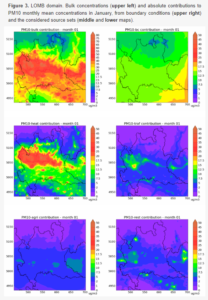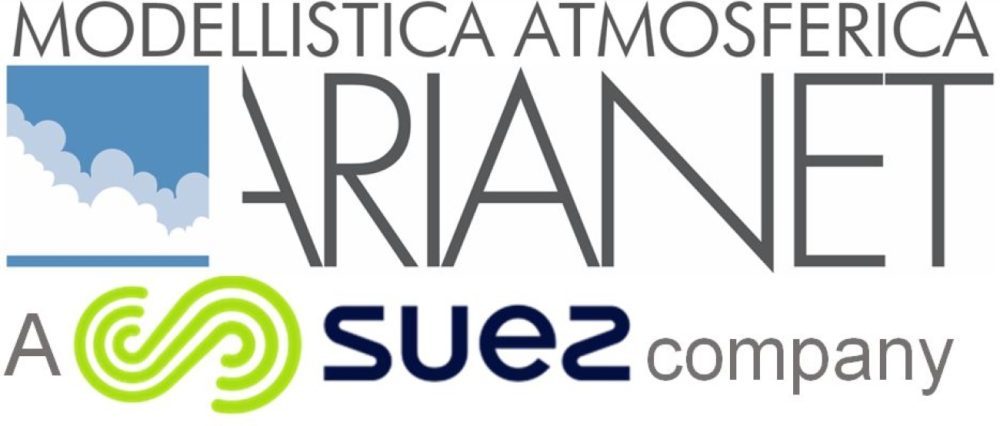Our chemistry and transport model has been enhanced with a new module for source apportionment analysis called ORSA (On-Line Source Apportionment), based on the tagged species methodology (or reactive tracers).
With this new algorithm, it is possible to trace the contribution of various user-selected emission sources in a single simulation, along with other default contributions: boundary conditions (contribution from outside the domain), initial conditions (initial state), and the remainder (contribution from sources not defined by the user).
Compared to the Brute Force Method (BFM), which estimates the potential impacts of sources of interest with a number of simulations equal to the number of emission sets plus the base case, ORSA can trace the evolution of different user-defined emission sets within the same simulation.
The methodology underlying ORSA is cited by the FAIRMODE scientific community for source role modelling evaluation.
The selection of interest sets is based on various criteria: purely emissive (e.g., road traffic, heating), purely geographic (e.g., contribution from the province of Milan or a specific city), or a combination of both.
ORSA is used in drafting air quality improvement plans to identify the most significant sources in the area for defining emission reduction measures or, more generally, to rank sources considering also secondary pollution effects.
The implementation of the new ORSA algorithm has been reviewed by the scientific community, and the article recently submitted to Atmosphere has been accepted for publication. You can find the complete article here: “Implementation of an On-Line Reactive Source Apportionment (ORSA) Algorithm in the FARM Chemical-Transport Model and Application over Multiple Domains in Italy.”

